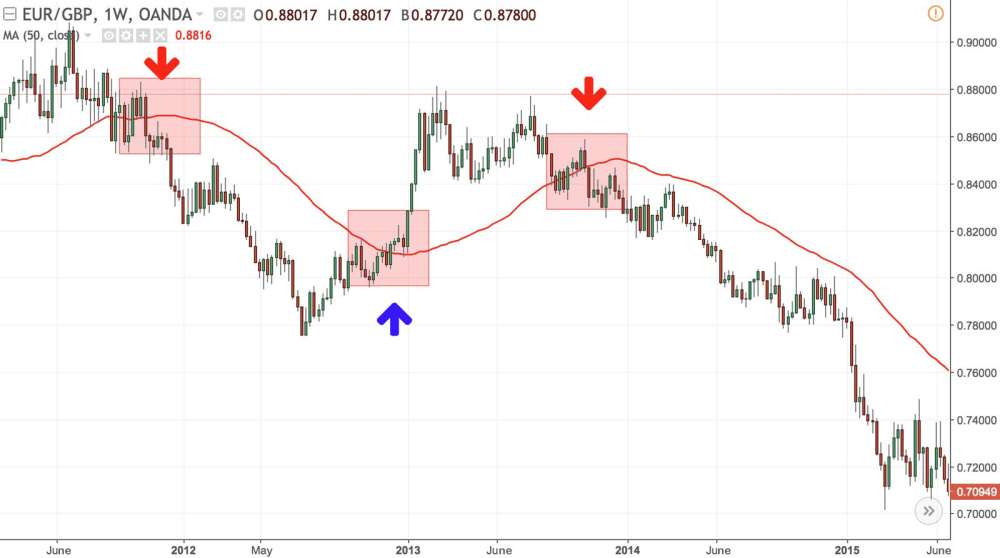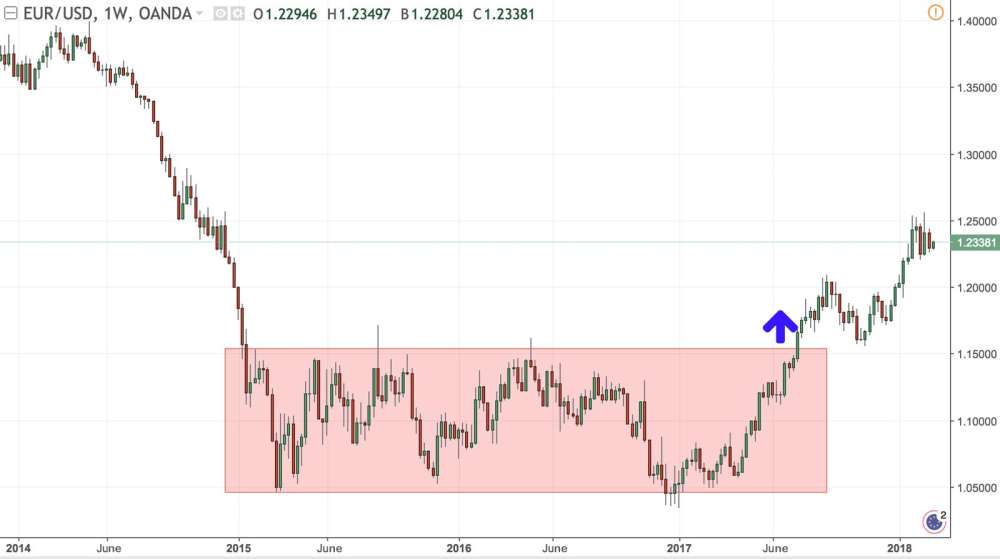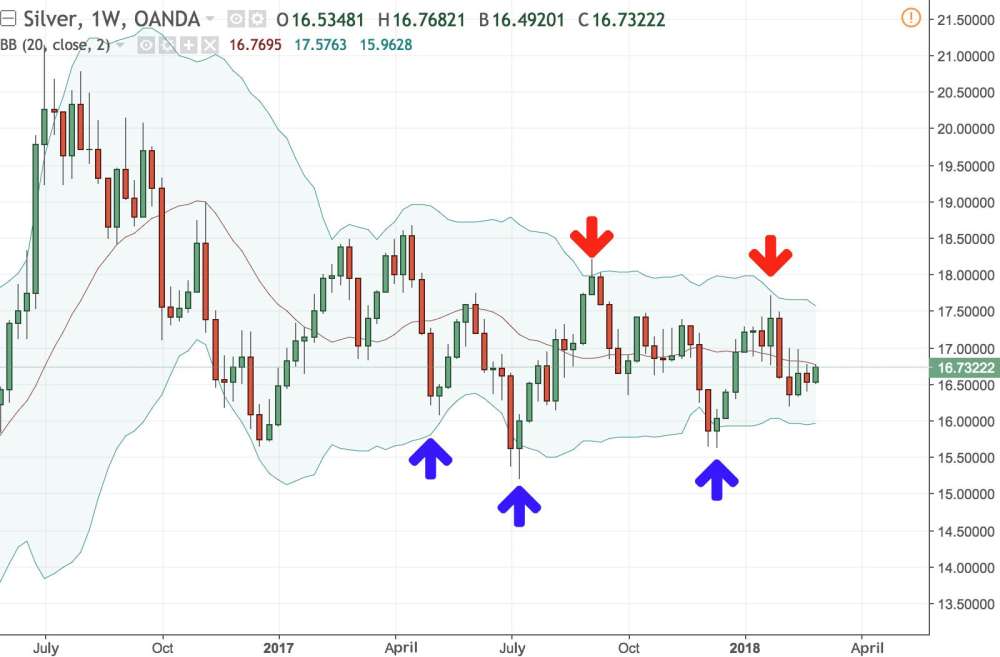Many an independent trader or home-grown amateur has been discouraged by the fantasy of the professional trader, eyes on multiple screens and using dozens of technical indicators and complicated, multi-level strategies. And yet, it is just that – a fantasy. Firms and corporations with deep wallets are indeed able to develop elaborate strategies to try to lock in exceptional results, but simplicity is often a trader’s most valuable tool. So, as a member of the public, how do you find and use a trading method that is both simple and effective?
Trend following
« Trends are your friends ! » « Don’t fight a trend ! » « Don’t catch a falling knife ! » « The market is always right » … We’ve all heard and read these, and other, expressions about trading. Why complicate things ? Why do you want to trade against the market ? Do you know something the market (thousands of professional traders, investors, market agents…) doesn’t ?
Most of the time, following the trend is the best course of action. So how do you do this ? One way is by using a 50-day moving average. When the price exceeds the moving average, you buy (or you close a sell position). When the price drops below the moving average, you sell. It’s extremely simple and far more effective than many other techniques. It’s all about being patient and thorough and, as always, managing your trading account and the risks associated with it.
Example of a moving average strategy on EURGBP: (Click on the image to enlarge)
Breakout
Keeping things simple, another useful method that is easy to visualise is « breakout » When a price shows movement within a certain zone, the idea is to wait until the price ‘breaks out’ of this zone and then buy or sell in the same direction as the breakout. If the price breaks above the zone, you buy, if it breaks below it, you sell. The patterns you’re most likely to see are tunnels, triangles, flags, horizontals, ascending and descending. Thanks to the visuals, this method is relatively simple to use and makes it easy to see big movements in the price. Keep an eye out, however, for ‘fakeouts’, or false breakouts, which is when the price only briefly breaks out of the zone before going straight back into it. The best way to avoid fakeouts is to take up a medium- or long-term position. This would be using a day or week time unit on a chart, for example.
Example of an ascending breakout on EURUSD: (Click on the image to enlarge)
Volatility
Volatility is a basic concept that is often misunderstood or simply forgotten about. On all markets prices vary - they go up, they go down, they can vary slightly or dramatically and more, or less predictably, depending on the market and the time units. A simple and effective trading technique is to make a profit from volatility, from these natural changes in price direction. It is part of « price action », how prices behave. This method is usually applied in the short-term, to small time units. It is, however, a valid long-term method. Volatility depends on the timeframe.
The idea is to go against the market and make money out of the price variations. If the market falls, it will most likely go back up at some point, and vice-versa. Certain indicators can assist in decision-making, such as ATR (Average True Range) and Bollinger bands, both of which are volatility indicators. When a price hits a lower level, you buy. When it hits an upper level, you sell. This strategy is not as simple to use as the ones previously discussed in this article, but it is still accessible. Again, false signals are frequent, and it is important to keep an eye out for them.
Example of Bollinger Bands on silver: (Click on the image to enlarge)
Risk management
Whichever strategy you to use to trade, risk management must be high priority. And to effectively risk manage you need to have a handle on stop-loss orders. Equally, money management is a hugely important, possibly the most important element to successful trading. Without effective money management, it doesn’t matter how easy a method is to implement. Being able to manage money that is moving around is crucial, and more important than the actual trading method used. Using leverage in trading is particularly delicate but using it well is essential if you want to bring in good results. It needs to be used sparingly as it is a double-edged sword and losses can be swift and considerable.
To conclude, the use of these different methods coupled with effective, conscientious risk management is more than enough to ensure good trading results. These techniques are simple to understand and easy to use, even for a beginner trader. It is, of course, advisable to test them (and oneself) out on a demo account first so losses from any mistakes are as virtual as the money you’re trading with! But with practice and patience, decent results should ensue.










